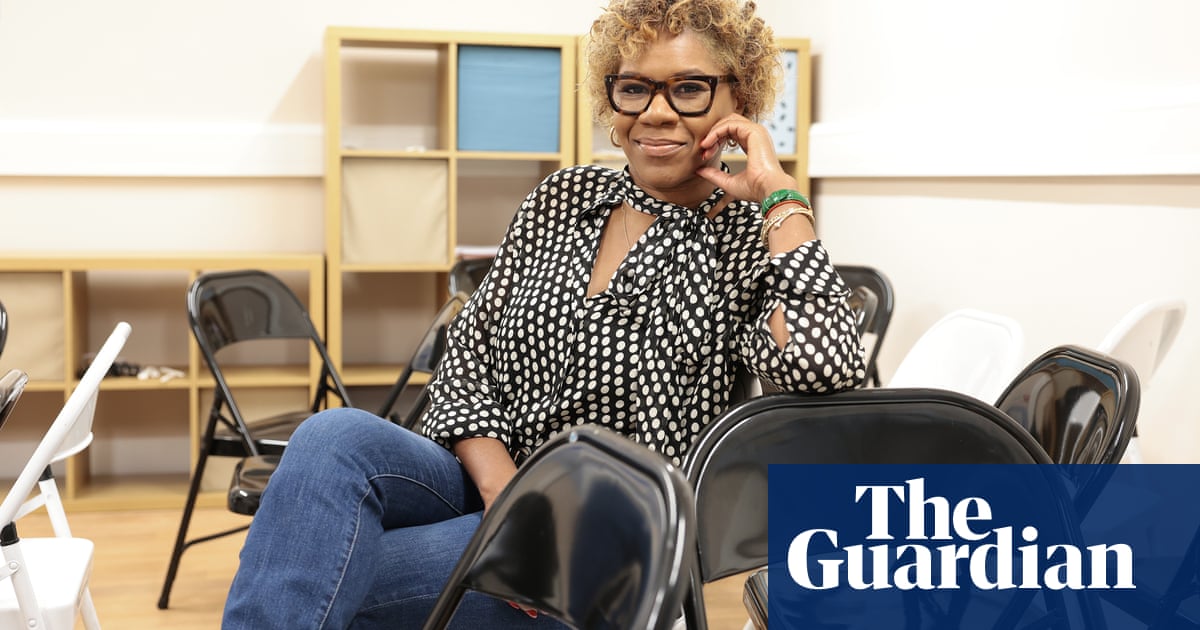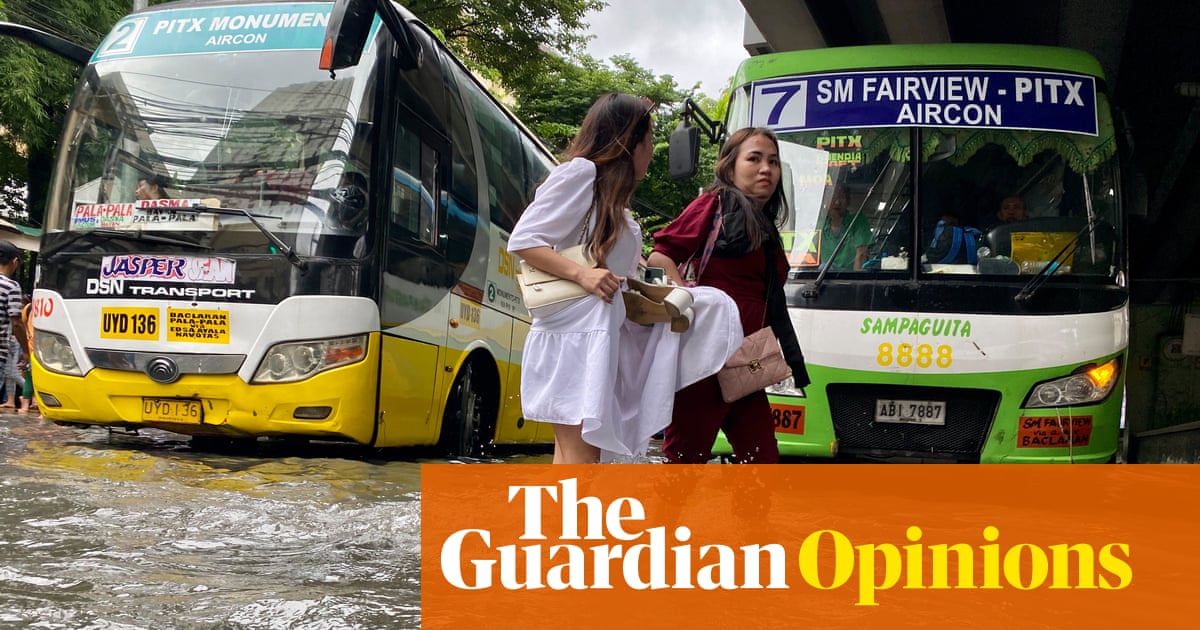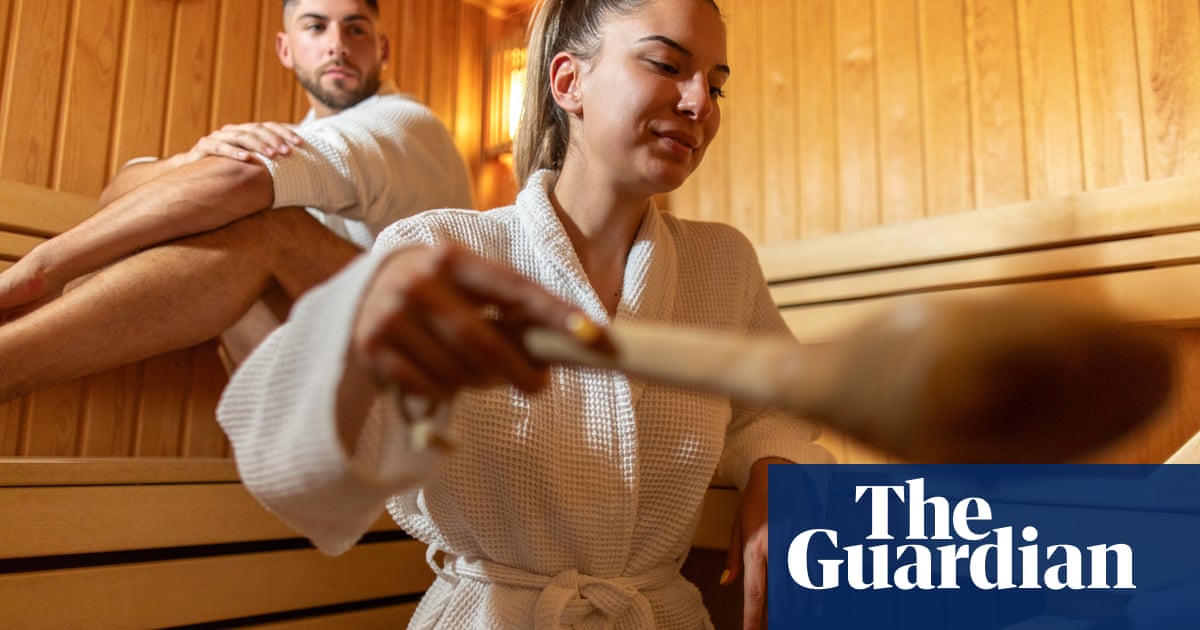
DUBAI: Cosmetic surgery is rapidly gaining popularity among Saudi people, fueled by Western influences and the pressure to look good on social media. And the growing demand for “nip and tucks” is leading to a hugely profitable cosmetic market across the Middle East.
Whether for rhinoplasty in Beirut, breast augmentation in Dubai or tummy tucks in Turkey, surgeons across the region say that Saudi Arabia represents one of their biggest markets for overseas clients.
This is driven by the decreasing cultural stigma of aesthetic enhancements among Saudi women, while Instagram selfies are leading to a rise among millennials, they say.
Dr. Antoine Jaklis, an associate professor of facial plastic surgery at Beirut’s Saint George Hospital University Medical Center, one of the Middle East’s most popular places for cosmetic surgery, sees his fair share of Saudi nationals.
“The most popular clients for the Middle East are people from the Gulf ... In Lebanon, we also have a great number of Egyptians and Iraqis that come for surgery,” he said.
In the Middle East, Lebanon, Dubai and Turkey are the most popular destinations for plastic surgery, he said.
“Every country (in the Middle East) is popular in types of plastic surgery, and they have different standards,” Jaklis said.
“Lebanon and Dubai have the highest standards concerning hospitals and private clinics, and offer all types of surgery and are good at all procedures, whether it’s facial or body surgery,” he added.
“Turkey also offers a great array of plastic surgery and is popular for hair implants, but some standards aren’t as high. They mainly rely on competitive pricing.”
Dr. Metin Kerem, a plastic surgeon at the Istanbul-based Clinic Arts, said plastic surgery has become “very common in the Middle East,” citing Turkey, Lebanon and the UAE as countries most frequented by medical tourists seeking procedures.
His clinic is visited by many women patients from Saudi Arabia. Husbands are usually supportive of requested procedures and are “part of the whole story from A to Z,” he said.
Many Saudis also turn to neighboring Dubai for cosmetic procedures. Dr. David Matlock, of the former E! network makeover TV show “Dr. 90210,” and of Dubai’s new Beverly Hills Sunset Specialty Center, said: “Plastic surgery is extremely popular in the Middle East, and Dubai gets patients from throughout the region. Probably one of the largest patient sources is Saudi Arabia.
“Patients in the Middle East want the same types of cosmetic surgical procedures as patients in Western countries. I’ve operated in Dubai for five years and Riyadh for one year. In my experience, the patients want the same thing as the patients in Beverly Hills.”
Asked if there is any lingering cultural stigma surrounding plastic surgery among patients in Gulf Cooperation Council (GCC) countries, Matlock said: “In all honesty, no.”
Both men and women in Saudi Arabia are seeking aesthetic-enhancing procedures, he said, estimating that across the GCC, about 30 percent of procedures are performed among men, compared with about 15 percent globally.
Famed plastic surgery twins Dr. Maurizio Viel and Dr. Roberto Viel, of the London Centre for Aesthetic Surgery — which has a clinic in Dubai — said cosmetic surgery has become a rising trend in Saudi Arabia because it has become socially acceptable to go under the knife for aesthetic reasons.
Maurizio said plastic surgery has “always been very popular in the Middle East,” and patients from the Kingdom are among a host of overseas patients seeking either surgical or non-surgical procedures.
“There is now the highest concentration of plastic surgeons in the world per capita in Dubai alone,” he said. “For years, we’ve had many patients from the Middle East. We still have those same patients coming from Saudi Arabia, Abu Dhabi, Kuwait, Oman, and now even more from India, Pakistan, Russia, the US and Europe.”
There has been much deliberation over whether cosmetic surgeries violate the Islamic fatwa (religious decree) against altering God’s creation.
But Maurizio said for women in Saudi Arabia, there is no stigma attached to going under the knife. Last year, the Kingdom even hosted the Saudi Plastic Surgery Symposium in Riyadh.
“There are no stigmas in the region that are any different to the rest of the world. Patients just choose whether it’s something for them as an individual,” Maurizio said.
“Many countries in the Middle East are becoming more open to the concept of plastic surgery. In the past, much of it was done more discreetly, but these days people are open to discussing it.”
In his clinic, Maurizio said the greatest demand is for tummy tucks, liposuction and stem cell buttock augmentation.
On the non-surgical side, patients most commonly request Botox, filler treatments and facial rejuvenations.
The Viels say social media has put enormous pressure on millennials to “look better,” and the younger population is fuelling the booming plastic surgery market.
“The ones in their 20s learn at a younger age to apply heavy contouring makeup, and they’re able to transform and create a look that makes them satisfied,” said Maurizio.
“Also, with the heavy use of filters by all social media users, some millennials like that enhanced version of themselves, whereas in the past there were more requests for celebrity lookalikes.
“However, for those in their 30s, we notice that they’re beginning to come in for Botox and fillers to keep up with their younger counterparts.”
Dr. Luiz Toledo, a Dubai-based surgeon, said: “Saudis are probably number one on the list when it comes to foreign patients.”
A 2017 study, “Trends and Demographic Characteristics of Saudi Cosmetic Surgery Patients,” found that typical Saudi patients are university graduates, married (46.8 percent), employed (68.3 percent) and aged 20-40
(70 percent).
Laser hair removal, Botox, liposuction, filler and scar revision are common among women, while rhinoplasty is common among men.
Younger population is fuelling the booming plastic surgery market
The number of women who undergo cosmetic surgery in Saudi Arabia had “increased dramatically in the past few years,” the report found.
“This demonstrates that cosmetic surgery is becoming a new trend related to beauty ideas, especially for women and to some extent for men. The trends are changing and the age of women undergoing cosmetic surgery procedures is decreasing.”
Toledo agreed. “Plastic surgery (among Saudis) is getting more popular every year. They travel a lot and are up to date with the new cosmetic procedures.”
Like many of his Dubai-based colleagues, Toledo receives requests that are more out of the ordinary.
“A classic one was a woman from Saudi who could only show her feet in public, but she had skinny toes. She asked me to perform fat grafting on her toes,” he said.
Sanjay Parashar, CEO and director of the UAE’s Cocoona Centre for Aesthetic Transformation, said plastic surgery has been on the rise in the Middle East for more than a decade.
His key markets are patients from Saudi Arabia, Nigeria, Kenya, Oman, the UK, the US and India. “Every patient is unique and is seeking different procedures,” he said.
Parashar believes that the stigma around cosmetic surgery does exist, but that there is no difference in stigmas between the Arab world and the West.
“The sentiment of ‘don’t change what nature has given you’ will remain, be it in Saudi Arabia or the US,” he said.
“But as the awareness … of how they can have corrective procedures done to overcome their challenges will increase, the number of patients opting for plastic surgery will increase.”
He also has a growing number of young customers from across the GCC. “We see patients as young as 18 opting for fillers and contouring treatments. About
30 percent of the patients I see for injectables are under 20. Just two years ago this number was less than 2 percent.”
Parashar said Instagram selfies are driving the trend, but in a positive way. “Selfies have made requests by patients realistic. Previously, patients would come with a photograph of their favorite celebrity and expect me to change their nose just like the celebrities, instead of a better version of themselves. But today, with the numerous filters and editing apps available to them, many patients have already stumbled on a better version of themselves,” he said.
“So now they come with a picture of themselves and expect us to help them get a similar look — slightly bigger lips, a contoured nose and stronger jawline.”
Plastic surgeon Dr. Jaffer Khan, who has spent more than 20 years practising in Dubai and is the founder of Aesthetics International and the Nova Clinic, said plastic surgery has steadily become extremely popular in the Middle East.
“Over my 20 years in Dubai, for example, I’ve seen the industry grow from just three plastic surgeons to more than 300,” he said. “We’re seeing younger people opting for treatments such as rhinoplasty, changes in the breast, liposuction, fillers in the face and Botox, as well as non-invasive treatments.”
Dr. Andrew Ordon, an Emmy-nominated co-host of the award-winning talk show “The Doctors,” said more younger patients were seeking cosmetic procedures.
“Studies have shown that the dynamic rise in plastic surgery is a direct result of the social media phenomenon,” he said. “Young and old are being bombarded with seeing their images everywhere. This forces them to become more aware of features, wrinkles, style and appearance. This is driving our field in a major way.”












